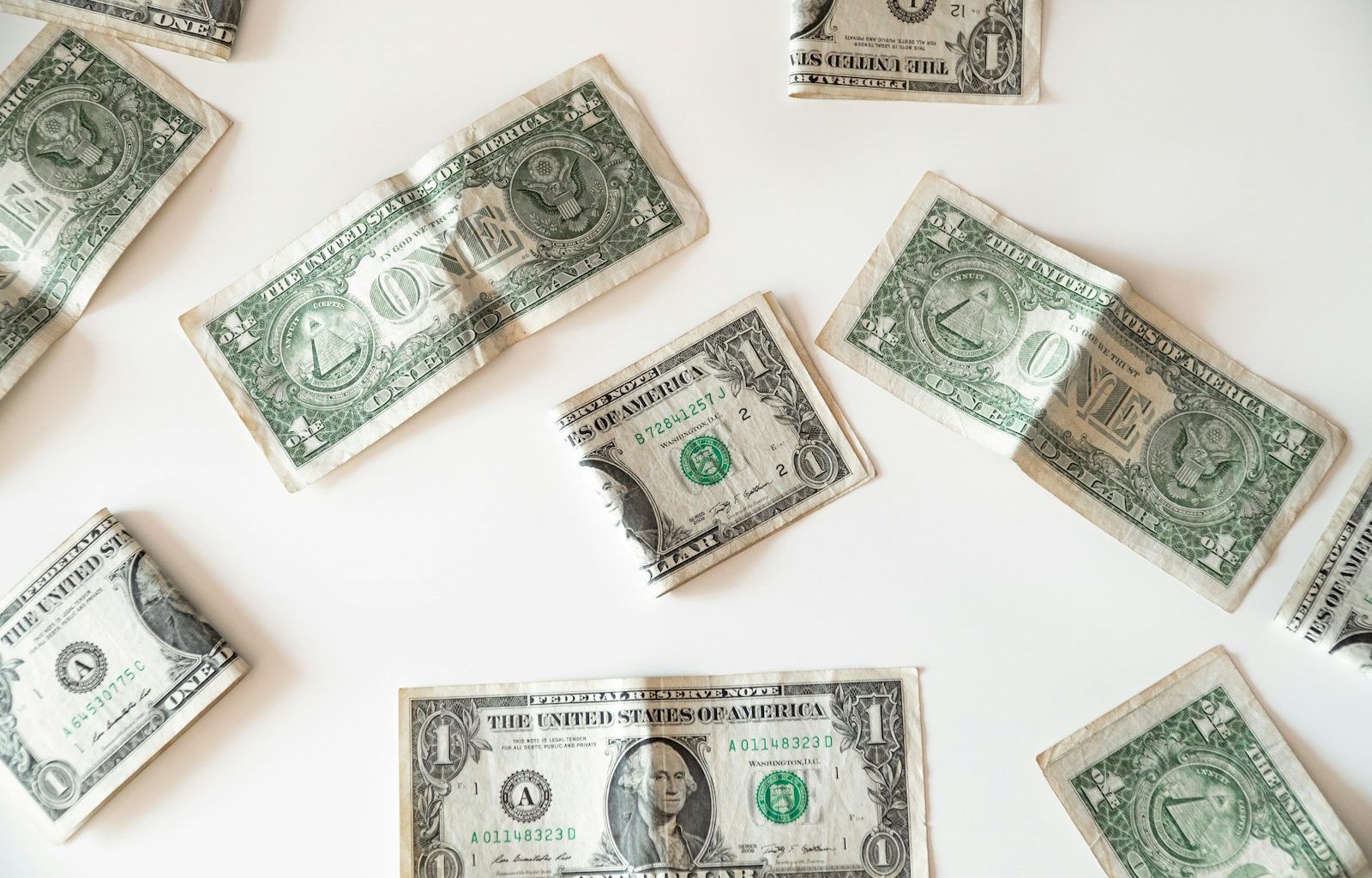If you’ve ever wondered how artists get paid on Spotify, you’re not alone. Spotify is one of the largest music streaming platforms in the world, with millions of songs and artists. But how does all of this translate into money for the creators? Let’s break it down in simple terms so you can understand how the whole process works.
The Basics of Spotify Payments
When you play a song on Spotify, it contributes to the revenue that Spotify generates. This revenue comes primarily from two sources: subscriptions and ads. Spotify Premium subscribers pay a monthly fee, and free-tier users listen to ads, which generate ad revenue. All of this money goes into a big pot, which Spotify then divides among various stakeholders, including artists.
But here’s the thing: Spotify doesn’t pay artists directly. Instead, they pay rights holders. These rights holders could be record labels, music distributors, or the artists themselves (if they own their rights). From there, the money trickles down to the artists.
How Royalties Are Calculated
Spotify uses a pro-rata payment system. This means that the total revenue generated in a month is divided by the total number of streams that occurred during that time. This gives a “per-stream” rate, but it’s not fixed. The rate can vary depending on factors like the user’s location, the type of subscription they have, and how many other songs were streamed in that month.
For example, if Spotify generates $100 million in a month and there were 10 billion streams, the average per-stream payout would be $0.01. However, this is just a ballpark figure. In reality, artists often earn much less per stream, sometimes fractions of a cent.
The Role of Record Labels and Distributors
If an artist is signed to a record label, the label typically takes a cut of the royalties before the artist sees any money. This cut can be significant, depending on the contract. Independent artists who distribute their music through platforms like DistroKid or TuneCore get a larger share because they bypass traditional labels.
For example, let’s say you’re an independent artist with 1 million streams in a month. If the average per-stream payout is $0.004, you’d earn $4,000. If you’re signed to a label, you might only see a fraction of that, depending on your agreement.
Synonyms for the Focus Keyword
To clarify, when we talk about “how Spotify artists get paid,” we’re also referring to artist earnings, musician payouts, or how creators receive royalties. These terms often mean the same thing in this context and will help us explore the topic more thoroughly.
Why Payouts Vary
One of the most confusing aspects of Spotify payments is why payouts vary so much. The key factors include:
- Geography: Streams from countries with higher subscription fees, like the United States, often pay more than streams from countries with lower fees.
- Subscription Type: Streams from premium accounts generate more revenue than those from free-tier accounts.
- Total Streams: The more streams there are in total, the smaller the slice of the pie for each stream.
- Contract Terms: Artists signed to labels may have less favorable terms, reducing their payout.
Understanding these factors can help artists set realistic expectations for their earnings.
How Artists Can Increase Their Earnings
If you’re an artist wondering how to maximize your Spotify payouts, here are some tips:
- Promote Your Music: The more streams you get, the more money you make. Use social media, email lists, and live performances to get the word out.
- Focus on Playlists: Getting your songs on popular playlists can dramatically increase your streams.
- Go Independent: If you can, owning your music rights gives you a larger share of the revenue.
- Diversify Income: Streaming income is just one piece of the puzzle. Consider selling merchandise, licensing your music, or playing live shows.
The Bigger Picture
Spotify is just one way for artists to make money. While it’s a significant platform, it’s not always the most lucrative. For most musicians, Spotify earnings are just one part of a larger income strategy that includes live performances, merchandise sales, and more.
Is Spotify Fair to Artists?
This is a hot topic in the music industry. Some argue that Spotify’s payment model isn’t fair to artists, especially smaller or independent ones. Others say that Spotify provides exposure that can lead to other opportunities. Regardless of where you stand, it’s clear that understanding how Spotify payments work is crucial for artists navigating today’s music industry.
Final Thoughts
So, how do Spotify artists get paid? The process is complex, with many factors at play. Revenue comes from subscriptions and ads, gets divided among rights holders, and eventually trickles down to the artists. While the system isn’t perfect, it’s essential to understand how it works so you can make the most of it. Whether you’re an artist or just curious about the industry, knowing the ins and outs of Spotify’s payment structure is a valuable piece of the puzzle.
For further reading, explore these related articles:
- Daddy Yankee’s Role in the Amazing “Despacito” Lyrics
- Exploring Katy Perry’s Famous Songs of All Time – A Musical Journey
For additional resources on music marketing and distribution, visit DMT Records Pvt. Ltd..






